Best laptops for data science in 2024
Find the best data science laptops for handling complex data analysis and statistical modeling tasks
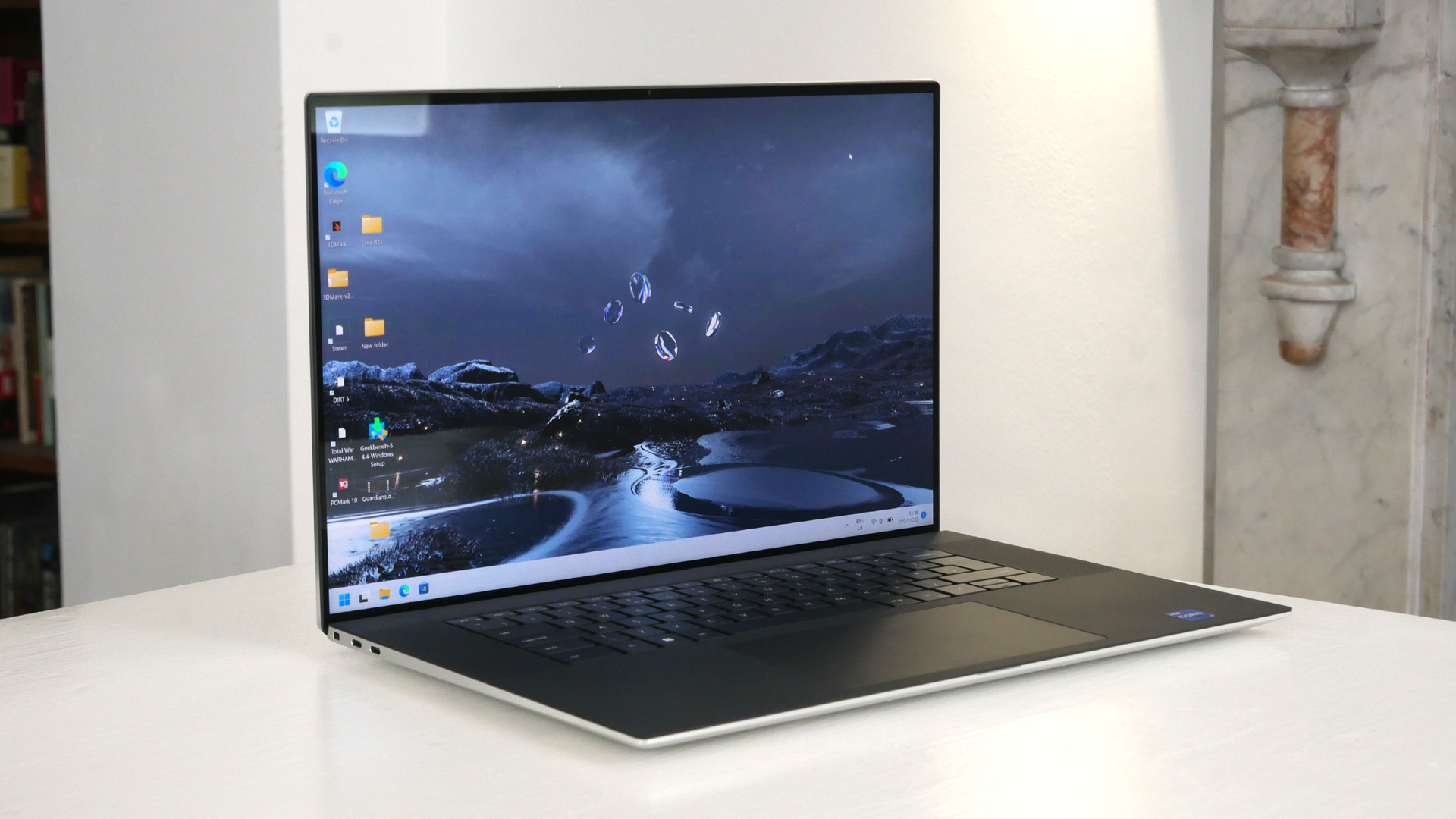
The quick list
1. Best overall
2. Best 17-inch
3. Best on a budget
4. Best budget Mac
5. Best portable
6. Best mobile workstation
7. Best gaming
FAQs
How to choose
How we test
The best laptops for data science comes with a responsive operating system, high-performance processors, and generous storage to deal with various data types.
As a data scientist, you will be drawing insights from tremendous amounts of datasets every day and conducting a combination of statistical analysis, data mining, machine learning, and domain expertise to uncover patterns, trends, and correlations within the data. However, finding a laptop that can handle hours of intensive data mining and statistical modeling can be a challenge.
We've tested, reviewed, and rated hundreds of the best laptops and best business laptops. We've compared the specs, ran the benchmarks, weighed the dimensions and explored in-depth performance to find the best laptops for data science.
Whether you’re looking for a powerful mobile workstation, an ultra-portable data science laptop, or one that's capable of high-level gaming on the side, these are the ones we recommend checking out.
The quick list

The Apple MacBook Pro is not just the ultimate laptop for data scientists, but it’s also one of the our favorite laptops ever. With a class-leading M2 processor, it’s the most powerful MacBook I’ve seen, and you can expect it to tackle even the most hardcore data programs with ease.
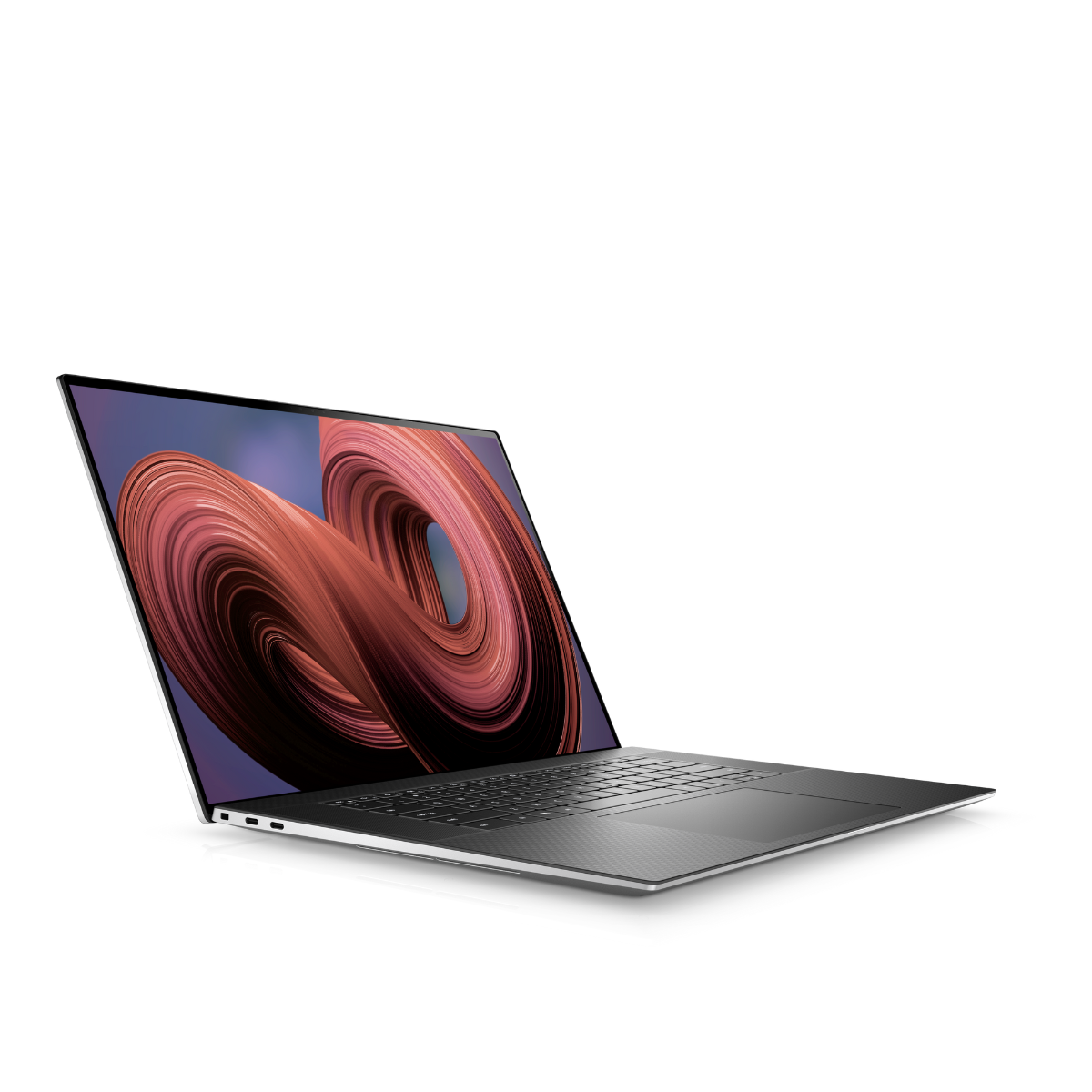
The Dell XPS 17 is one of the best 17-inch laptops for work and productivity in the market. It’s a high-end performance beast with sharp and impressive graphics and should be a go-to choice for anyone who would like a Windows laptop and a big 4K screen for their data science projects.
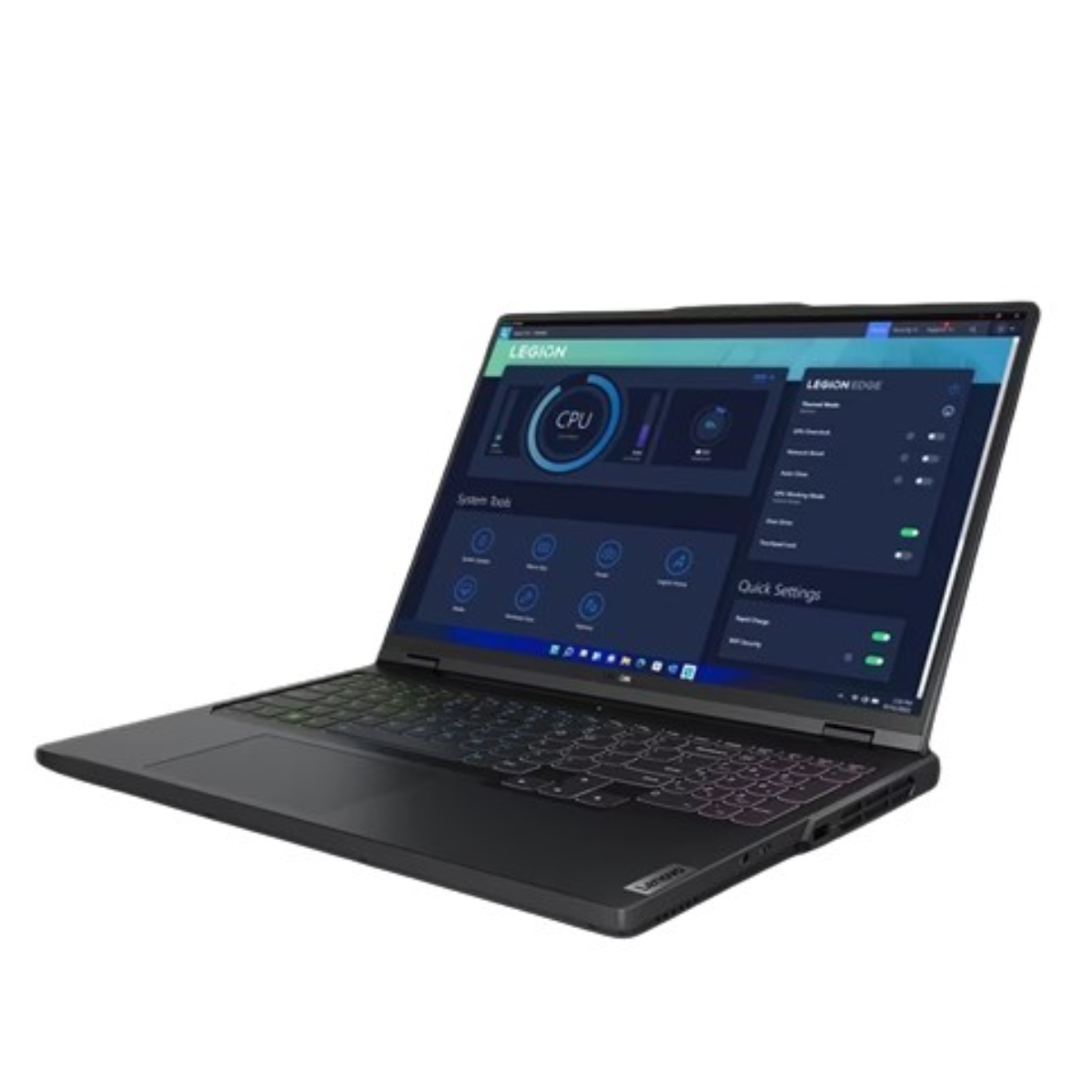
The Lenovo Legion Pro 5i is a value-priced workhorse ideal for those whose use cases involve both data science and gaming. As a gaming laptop at its core, its GPU and performance are undoubtedly the strongest points. However, it impresses in a lot more areas, too, thanks to an impressive design, solid performance, and a relatively pocket-friendly price.
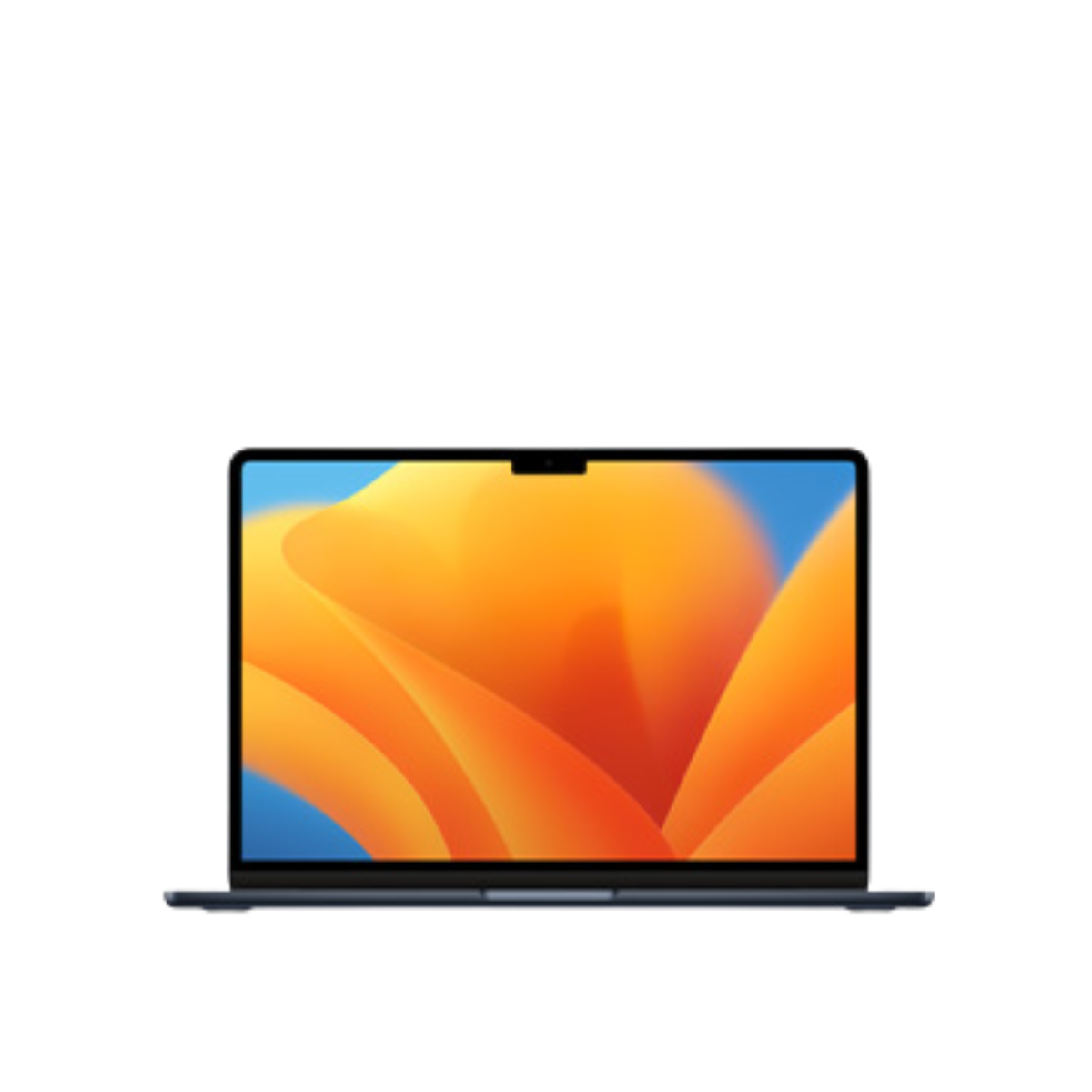
The MacBook Air 2022 is the best macOS laptop for data science students or even professionals on a budget. It boasts Apple’s much-revered M2 chip and is performance and speed personified in what's an ultraportable and affordable machine.
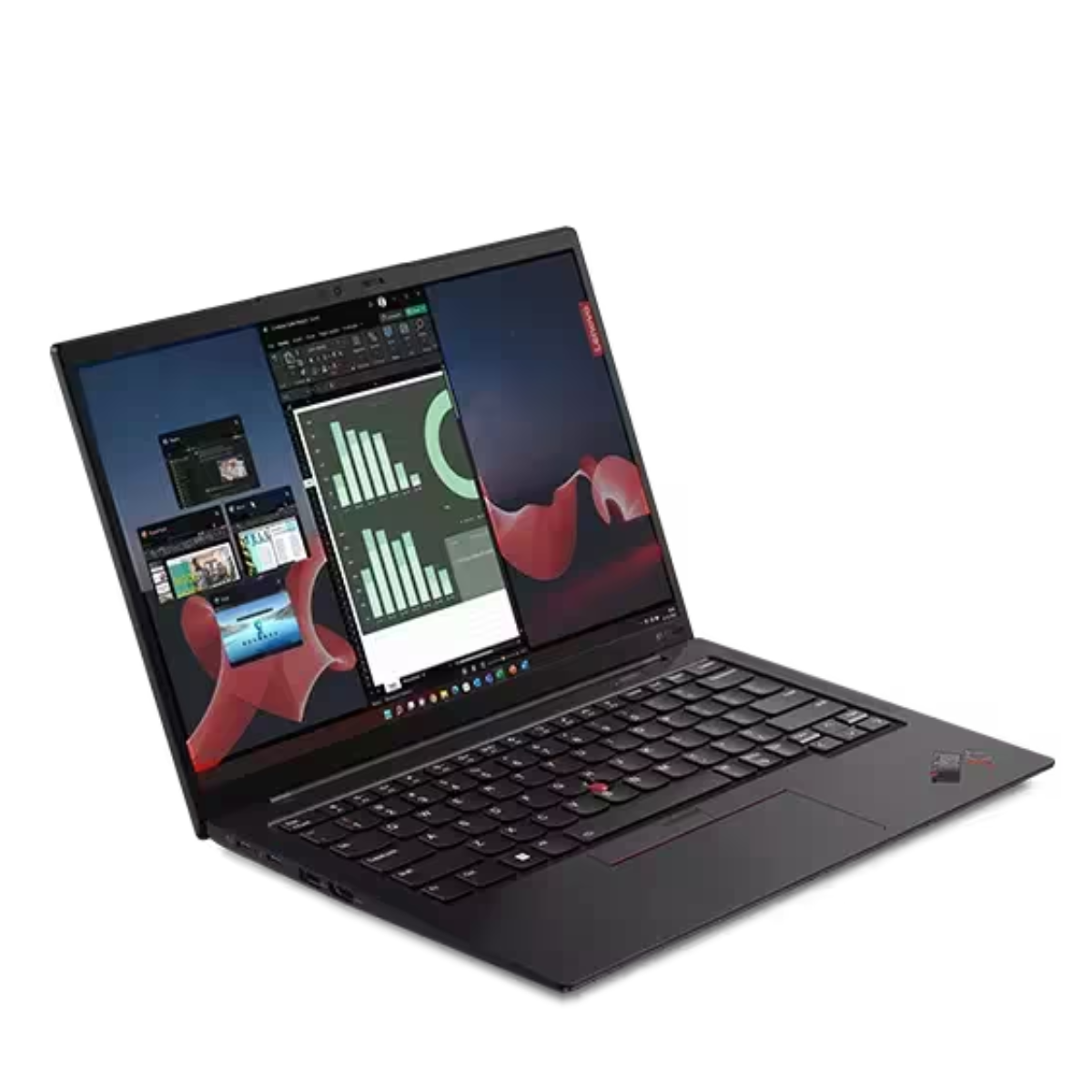
The Lenovo ThinkPad X1 Carbon Gen 11 is a high-performance ultra-portable business laptop with a 13th-generation Intel processor, 32GB RAM, a staggering battery life of nearly 13 hours, and a more lightweight body than the Apple MacBook Air.
Read more
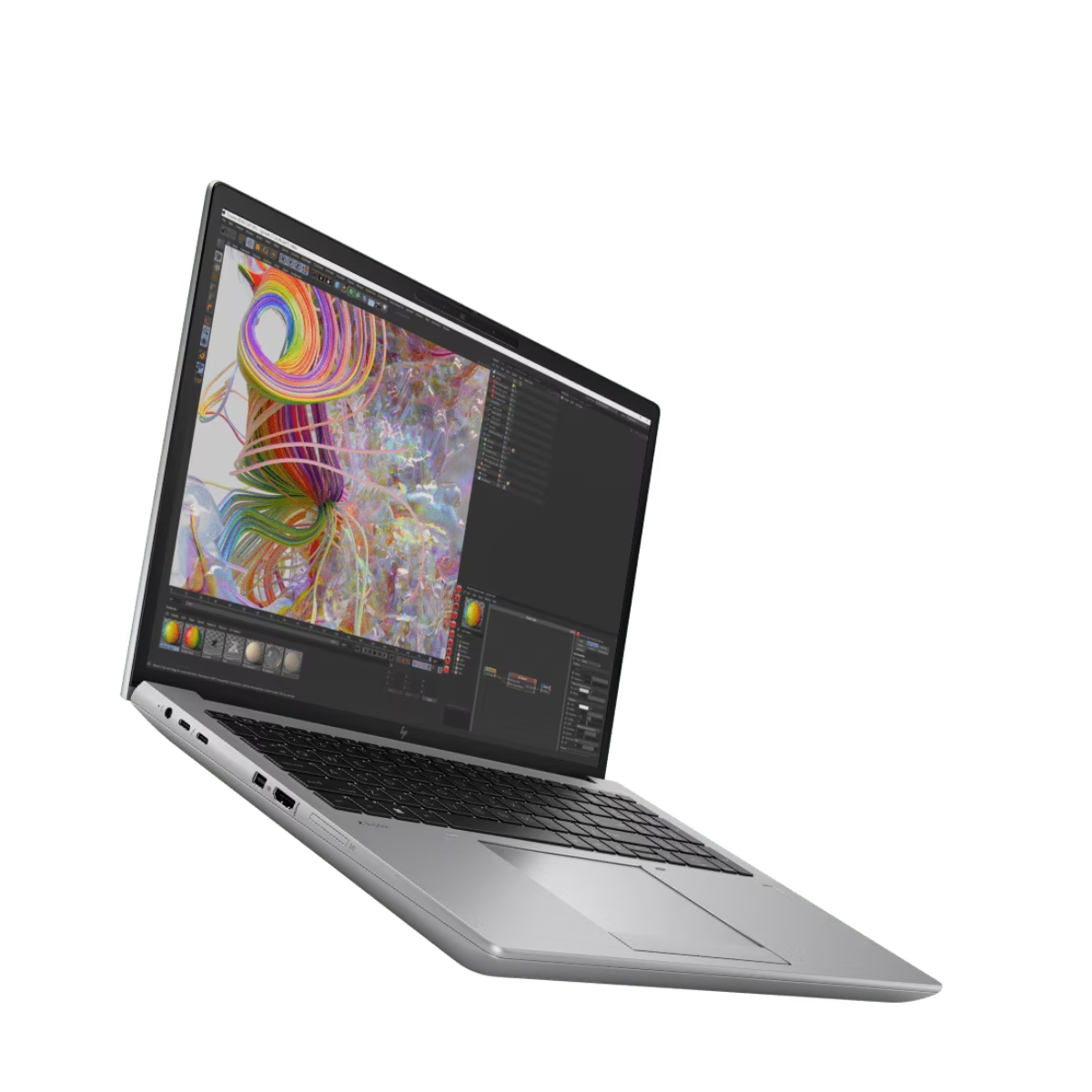
The HP ZBook Fury Gen 9 is the strongest contender in the ZBook lineup and quite possibly an overkill in every department. It’s super expensive, but anyone with the spending capacity and on the hunt for an out-and-out mobile workstation will find it hard to resist.
See more
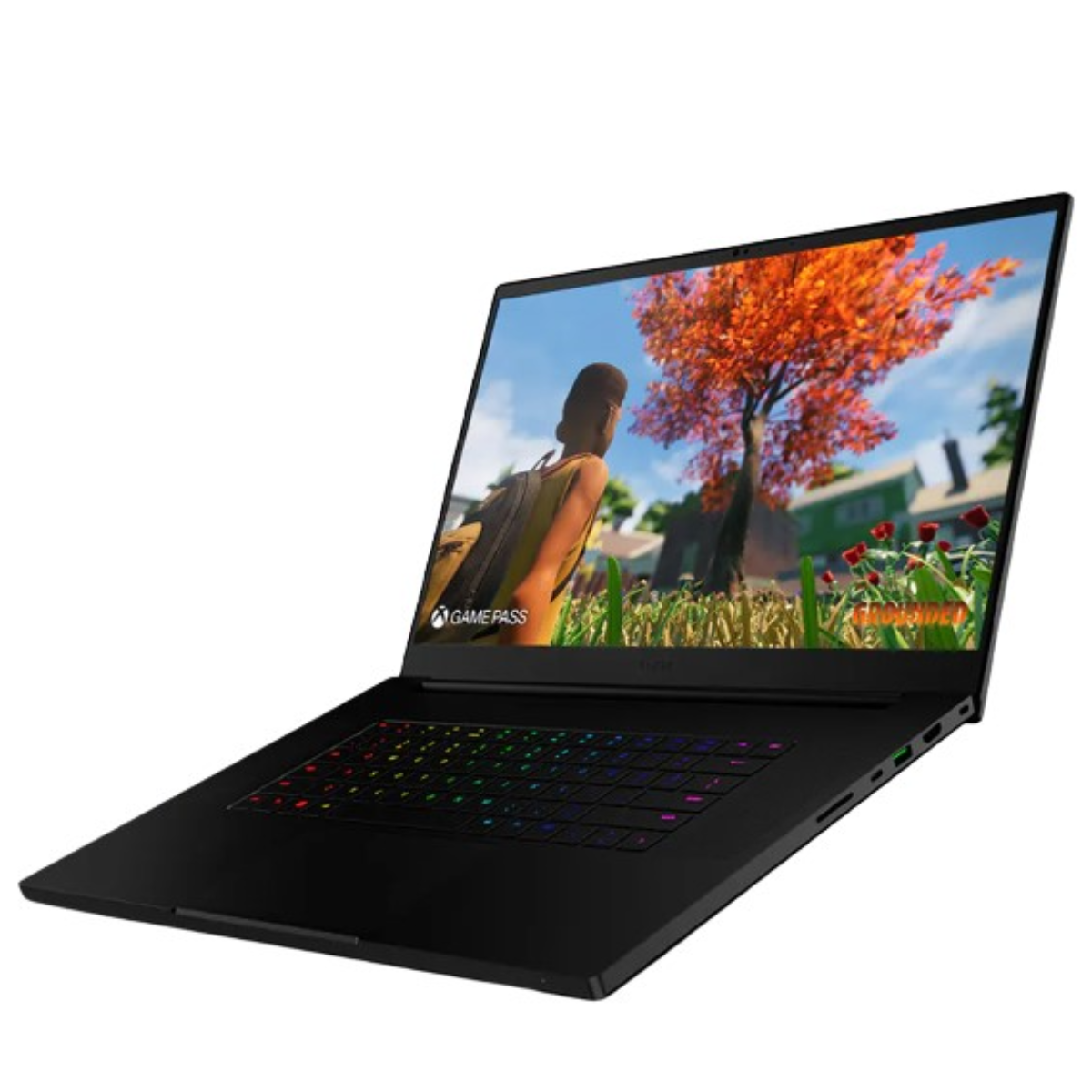
The Razer Blade Pro 17 is a powerful gaming laptop with some of the highest-end mobile components and performance to work with if you are a data scientist or a multi-tasker. It boasts the RTX 3080 graphics card, so you don’t have to think twice before installing a demanding software or game.
Read more
What is the best laptop for data science in 2025?
Why you can trust TechRadar
Best laptop for data science overall
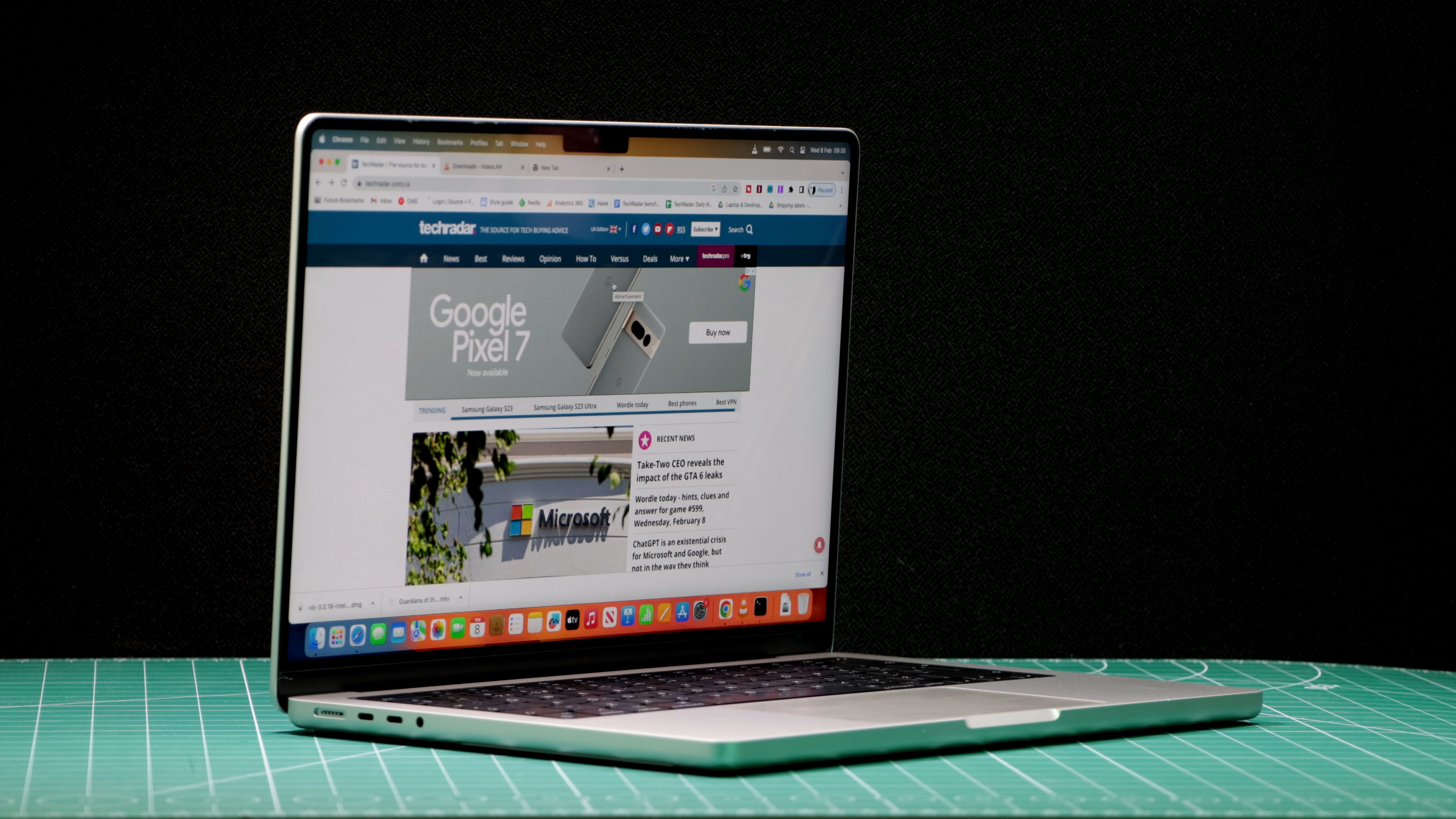
Specifications
Reasons to buy
Reasons to avoid
The Apple MacBook Pro is not just the ultimate laptop for data scientists, but it’s also one of the best laptops we've ever tested. With a class-leading M2 processor, it’s the most powerful MacBook I’ve seen, and you can expect it to tackle even the most hardcore data programs with ease.
The best part is that you can choose between the M2 Pro and M2 Max chips according to your requirements. Both models come with a solid 12-core CPU unit, meaning there are 12 processing units for multi-tasking and exceptional computational power—more cores mean the better it is for data science and intensive tasks.
While the CPU strength of both chips is the same, the M2 Max is going to float your boat—at a price, of course—if you need more sumptuous memory and GPU.
What’s more, the size is super compact and lightweight at just 14 inches, and a peak brightness of 1,000 nits makes it better than the majority of Windows laptops in the range of 400-600 nits. Add to that an exceptional battery life of around 20 hours, and you have yourself a highly portable laptop, convenient to carry around and work while you travel.
Read our full Apple MacBook Pro 14-inch review
Best 17-inch laptop for data science

Specifications
Reasons to buy
Reasons to avoid
The Dell XPS 17 is one of the best 17-inch laptops for work and productivity in the market. It’s a high-end performance beast with sharp and impressive graphics and should be a go-to choice for anyone who would like a Windows laptop and a big 4K screen for their data science projects.
Packed with the latest 12th Gen Intel i7 processor and Nvidia GeForce RTX 3060 GPU, it’s a seriously powerful laptop capable of getting through the most demanding data science tasks without breaking a sweat.
You can also use it for gaming - it’s absolutely recommendable for an average gamer who doesn’t mind the absence of ray tracing in the latest Marvel’s Spider-Man 2 and would be content with gaming in 1080p.
With six performance cores and eight efficiency cores, the i7 processor under the hood here is just as efficient as an i9 processor. Well, that’s not entirely the case, but the difference is almost negligible. It’s quick to carry out tasks, and multitasking is a breeze.
Given the price and the specs, it’s easy to see that the XPS 17 courts data science and other tech professionals with demanding needs for space and performance. The build of the laptop is premium and classy, similar to the Dell XPS 15 we tested. I love the ultra-thin bezels, and its trackpad is the best you can get on a Windows laptop.
Read our full Dell XPS 17 review
Best budget laptop for data science
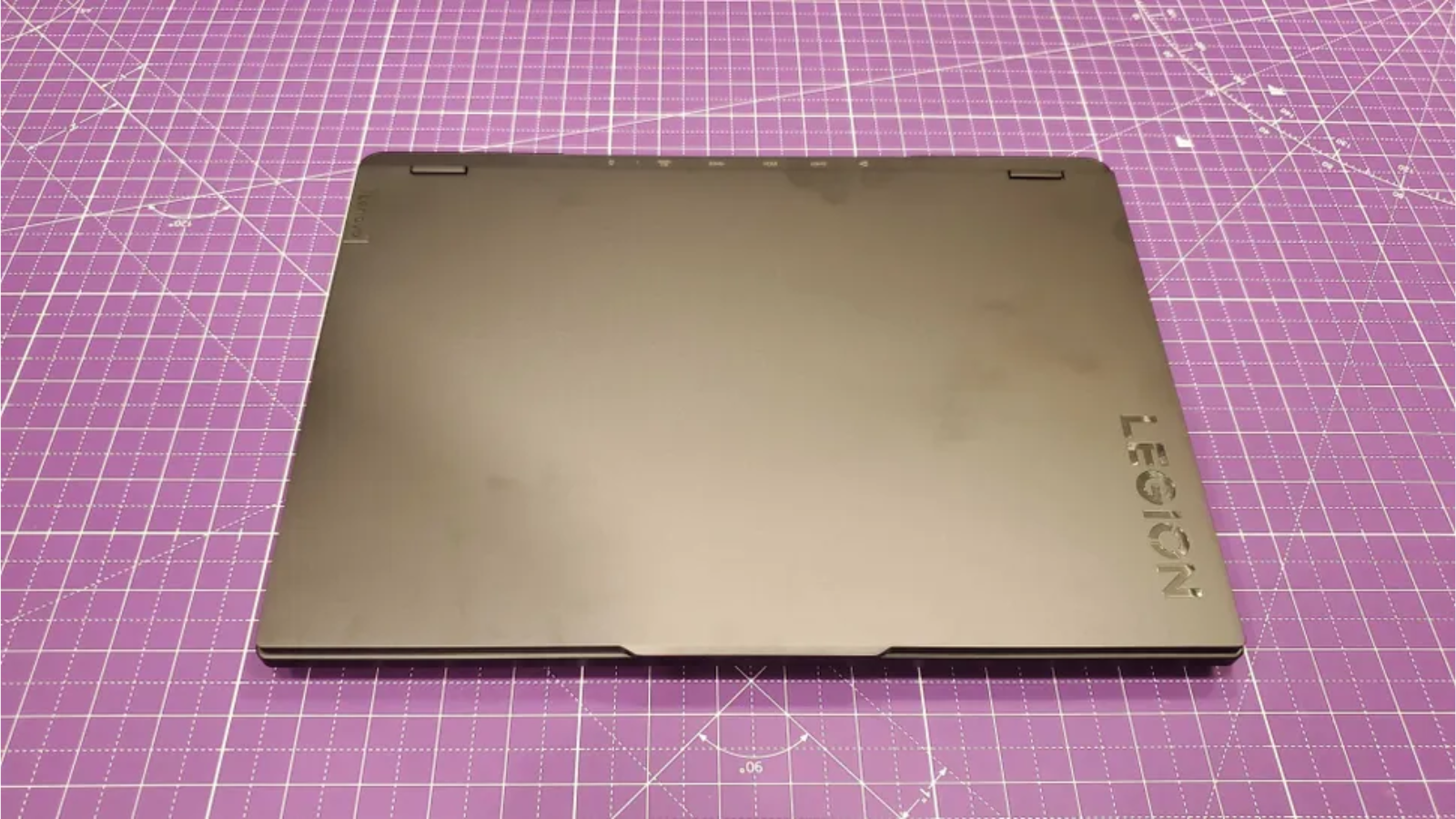
Specifications
Reasons to buy
Reasons to avoid
The Lenovo Legion Pro 5i is a value-priced workhorse ideal for those whose use cases involve both data science and gaming. As a gaming laptop at its core, its GPU and performance are undoubtedly the strongest points. However, it impresses in a lot more areas, too, thanks to an impressive design, solid performance, and a relatively pocket-friendly price.
It was positively shocking to find a laptop with a high 165Hz refresh rate at this price point. There will be little to no screen tearing, and you will be able to view data visualizations and animations alongside smooth transitions when you need to switch between code editors, data analysis software, and web browsers or when you are working with large code bases or iterating on code changes.
It has a wide array of ports, and the rear ports are neatly labeled. With one USB-C, two USB-A, an HDMI 2.1 monitor port, a Gigabit Ethernet jack, and a DC power connector, you’re going to have everything you need. I’m a big fan of the USB-A ports, which most newer models do not have.
A slight downside in this otherwise immaculate machine is the battery life. While it’ll not be an issue if you don’t spend multiple hours working outside, at just over 6 hours, it’s not the best either.
Read our full Lenovo Legion Pro 5i review
Best budget MacBook for data science
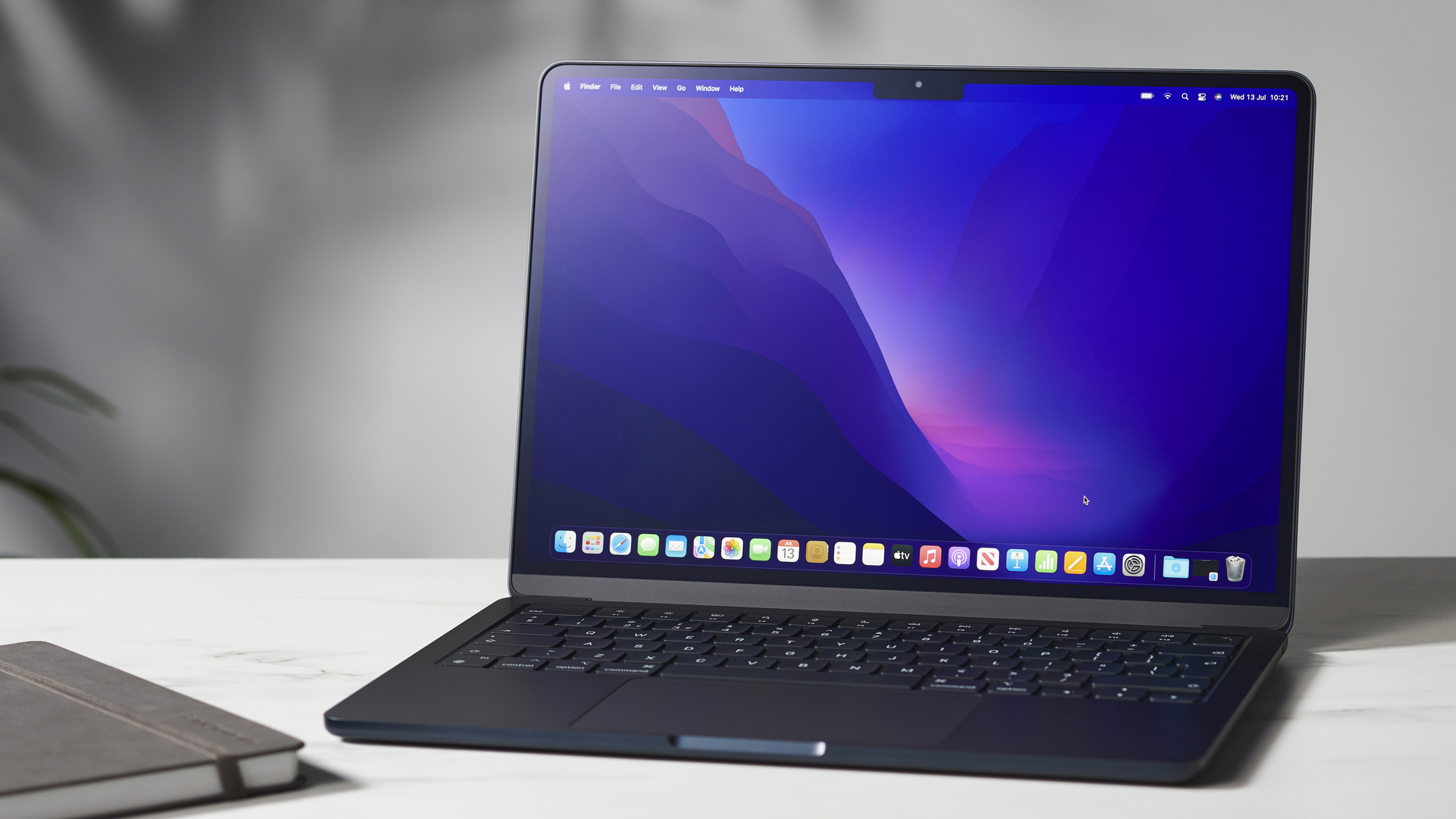
Our expert review:
Specifications
Reasons to buy
Reasons to avoid
The MacBook Air 2022 is the best macOS laptop for data science students or even professionals on a budget. It boasts Apple’s much-revered M2 chip and is performance and speed personified in what's an ultraportable and affordable machine.
Combined with a 13.6-inch screen and a weight of just 2.7 pounds, it's in direct competition with its predecessor, the MacBook Air (M1, 2020), which has been a heartthrob for engineering students and tech professionals for a long, long time.
It's also not a long way off from the MacBook Pro 13-inch (M2, 2022) we reviewed. While the MacBook Pro is clearly a frontrunner for performance, the new MacBook Air's 8-core CPU and 10-core GPU will pull through nicely, irrespective of your usage.
It also boasts better speakers, a larger screen, and a 1080p webcam. And, considering that the latter is $1,000 cheaper than its big brother, there's hardly anything to complain about.
The 12-hour battery life of the MacBook Air comes in handy when you are running data science software like R and Python on the go. It’s certainly sufficient for someone who would want to get the work done when out and about.
Another feature that helps this laptop stand out is its fanless design, something even the Pro model doesn’t have yet. A fanless design allows you to go longer hours of continuous use without the device overheating or making even the slightest noise.
Read our full Apple MacBook Air (M2, 2022) review
Best portable laptop for data science
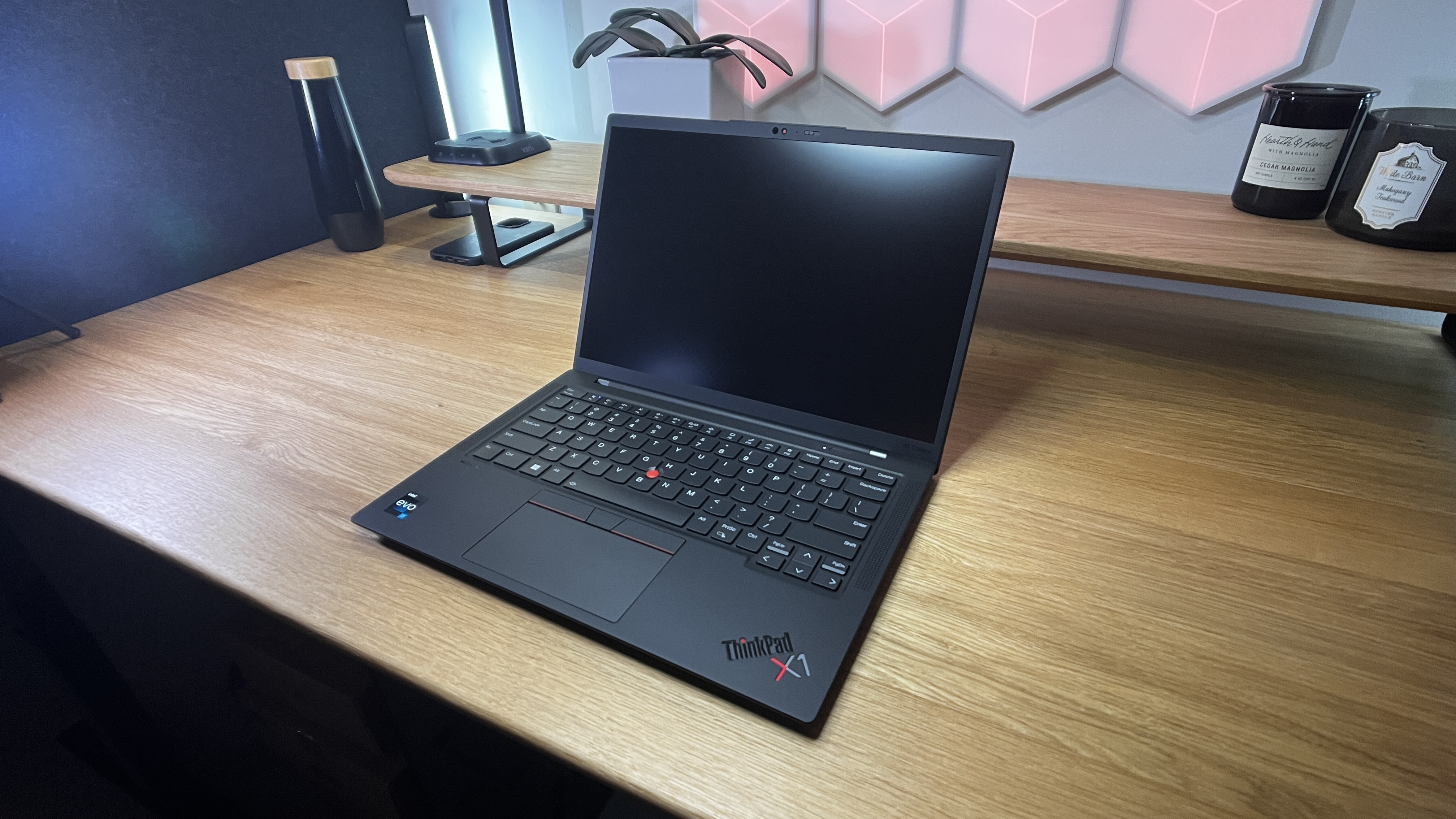
Specifications
Reasons to buy
Reasons to avoid
The Lenovo ThinkPad X1 Carbon Gen 11 is a high-performance business laptop with a 13th-generation Intel processor, 32GB RAM, a staggering battery life of nearly 13 hours, and a more lightweight body than the Apple MacBook Air.
While the notable 4K screen of the previous models is absent in this one, an option between an IPS, OLED, and an FHD screen gives enough room to select the panel that works best for you. The resolution at 16:10 is a little unconventional for a 14-inch screen but looks much better than a typical 16:9 screen.
The USB 3.2 Gen 2 is replaced by the Thunderbolt 4.0 ports, which is great in more than one way. Besides being a means to charge the laptop, you can use it to connect the laptop to other devices, like an additional screen output.
A remarkably stiff combination of carbon fiber and magnesium means that it’s the lightest data science laptop on my list, and you can easily carry it with one hand. However, the outer surface is coated with a rubberish finish, which looks great but tends to attract dust and fingerprint marks.
While the Iris Xe graphics series is more than just ample for machine learning and the like, if your memo is advanced programs, you'll be better off with a MacBook or the Dell XPS 17.
Read our full Lenovo ThinkPad X1 Carbon Gen 11 review
Best mobile workstation for data science
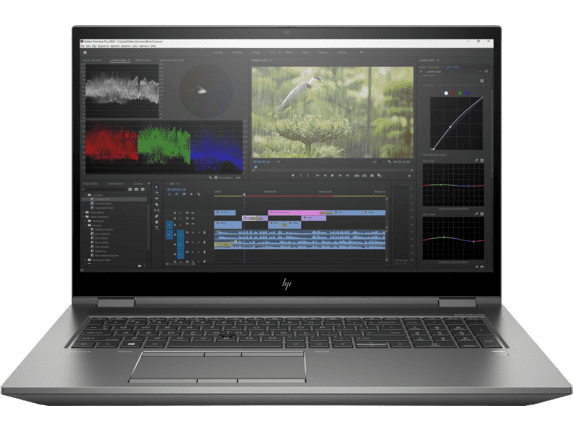
6. HP ZBook Fury G9
Specifications
Reasons to buy
Reasons to avoid
The HP ZBook Fury Gen 9 is the strongest contender in the ZBook lineup and quite possibly an overkill in every department. It’s super expensive, but anyone with the spending capacity and on the hunt for an out-and-out mobile workstation will find it hard to resist.
A 64GB RAM means that there’s a lot of headroom for maximum performance, and while it bears the signature HP design and trackpad, the best part has to be its stunning 4K+ 16-inch display with 120Hz refresh rate and 16:10 aspect ratio. It’s beautiful in every sense of the word. If you are someone who goes through huge chunks of data on a regular basis, the screen on this one will make your life easier.
Graphics-wise, the laptop is second to none. With the NVIDIA RTX A5500 graphics card that comes with 24GB VRAM, it breezes through large models, complex datasets, the most demanding games,3D renders, and more.
As you’d expect from a mobile workstation, it’s not for on-the-go usage. It’s bulky, and the battery life is not one for those who don’t like to sit with their laptops plugged into the charger at all times.
The keyboard has a number pad, unlike most of the other options, so that’s nice for number crunching, and the keys are fairly spacious. One interesting feature is that there’s a drain hole in the keyboard so that minor spills can flow out of the bottom of the keyboard for an easy clean-up.
Best gaming laptop for data science

Specifications
Reasons to buy
Reasons to avoid
The Razer Blade Pro 17 is a powerful gaming laptop with some of the highest-end mobile components and performance to work with if you are a data scientist or a multi-tasker. It boasts the RTX 3080 graphics card, so you don’t have to think twice before installing a demanding software or game.
On the outside, this model looks similar to the previous Razer Blade models, but there's hardly anything not to like. It’s stunningly thin with a black aluminum chassis that looks and feels cohesive and premium, a subtle back-lit RGB keyboard, and a massive 4K 17.3-inch touchscreen.
There are significant changes in the fans and cooling system for quieter and cooler coding sessions. However, we still recommend you get a lap table or any table while using the device if you plan to work for a few hours at a stretch.
There's a fingerprint-resistant coating, so you don't end up with a messy exterior just because you touched the laptop a little too much. It isn't foolproof, and you might still notice a few smudges if your hands are sweaty, but your laptop looks a lot more presentable after a long day, which is an issue we faced while reviewing MacBook Air in Midnight shade.
While the laptop doesn’t deliver an impressive playback time under heavy usage, a 7-hour battery life is better than what you’d expect from a power-packed workstation.
Read our full Razer Blade Pro 17 review
Best laptop for data science: Frequently asked questions
What are the specs required for data science?
The required specs for data science typically include a laptop or computer with a robust multi-core processor—an Intel Core i7 or AMD Ryzen would be ample. A minimum of 16GB of RAM is required for handling large datasets and complex computations day in and day out.
For quick data access, fast storage of a minimum of 256GB SSD is non-negotiable. Ideally, I recommend getting a 1TB SSD, but if you’re on a budget, 256GB will get the job done, too. Also, should you plan to go with the lowest storage variant, it'd be wise to make sure that it's expandable so you don’t face issues in the future.
A dedicated GPU like an NVIDIA GeForce RTX or equivalent is important for machine learning tasks, and a high-resolution display is a must-have for data visualization. Additionally, portability and battery life are as important as they have always been, especially for working on the go.
Is a graphics card required for data science?
A graphics card is really important for professionals and researchers in data science, as it can make a substantial difference in their productivity and their ability to tackle challenging data-driven problems.
Getting the best graphics card means that your laptop will be able to tackle multiple calculations simultaneously, significantly accelerating tasks like matrix multiplication, which are common in machine learning and deep learning. This enables data scientists to work more efficiently and effectively, especially when dealing with large datasets and complex algorithms.
How to choose the best laptops for data science
While data scientists usually work with remote servers for data-heavy projects, so the servers play a huge role in the overall performance of the laptop, it’s still really important to choose a laptop that can take heavy loads and provide decent performance at all times.
Choosing the right data science laptop is a decision that will affect your productivity and work quality so it's important to find the right balance between features, price, and factors most important for you.
First, the OS you choose should be compatible with programs like Tableau, Microsoft BI, or Anaconda. Use a MacOS or a Windows 10, minimum.
Powerful CPU capabilities are of utmost importance as you would be typing out and running a number of data programs and algorithms on your laptop. For this, a minimum of 16GB RAM would be required. Because of this requirement, many opt for the best mobile workstations or the best gaming laptops, as these units are built to power through resource-intensive tasks.
If you work with parallel computing or machine learning, the GPU of your device is going to have a remarkable effect on your productivity. The best graphics card can tackle a wide range of data processing, transformation, and analysis-based tasks.
In data science, you'll be spending a lot of time typing out codes, so it’d be wise to invest in a laptop that also has a great keyboard – otherwise, you might need to get an external one, which will become an added expense.
Looking for an excellent touchpad, a bright and high-resolution display, and good battery life is super important in any laptop purchase, and that continues to hold true for this one as well.
Lastly, your budget constraints will have an important say on the laptop you ultimately buy. While components like CPU, GPU, and RAM aren't areas you would want to compromise, you can certainly make budget cuts in other aspects.
For instance, while you don’t absolutely require fancy features like a touch display or detachable screens, they are remarkably aesthetic and will certainly make heads turn. Likewise, if your memo is a powerful workstation that you don't plan on taking out too often, you can afford to purchase a laptop with an underwhelming battery life.
All in all, the bottom line remains that you must match the specs and performance with your budget and preference, which should always be in line with your major use case.
How we test the best laptops for data science
Our team of reviewers have tested hundreds of powerful machines, from the best laptops for computer science students to the best laptops for engineering students. We take the same rigorous approach to all testing, benchmarking, reviewing, and rating.
We consider a number of aspects when reviewing the best laptops for data science. First up, we ensure that the device is powerful enough to handle the various programs used by data scientists and data science students, such as Bokeh, Infogram, and Plotly.
This includes reviewing the internal specs and meticulously comparing them to the other options on the market. Keeping in mind the needs of data science, we analyze the CPU and GPU capabilities along with the device's battery life, storage, and any other factors that would directly affect your work or experience as a user.
To gauge the overall performance of the laptop, we conduct benchmarking tests across core aspects, including battery life and CPU performance, that show how well the laptop is performing against our expectations and, most importantly, its quoted specs and price.
Speaking of price, our thorough evaluation process is incomplete without a close look at how much bang for your buck a laptop offers, and this becomes an important criterion based on which we rank the products.
You can find out more in our guide How we test laptops and desktops on TechRadar
- Best laptops for video editing: Tested, reviewed, rated
Are you a pro? Subscribe to our newsletter
Sign up to the TechRadar Pro newsletter to get all the top news, opinion, features and guidance your business needs to succeed!
Krishi covers buying guides and how-to's related to software, online tools, and tech products here at TechRadar. Over at Tom's Guide, he writes exclusively on VPN services. You can also find his work on Techopedia and The Tech Report. As a tech fanatic, Krishi also loves writing about the latest happenings in the world of cybersecurity, AI, and software.